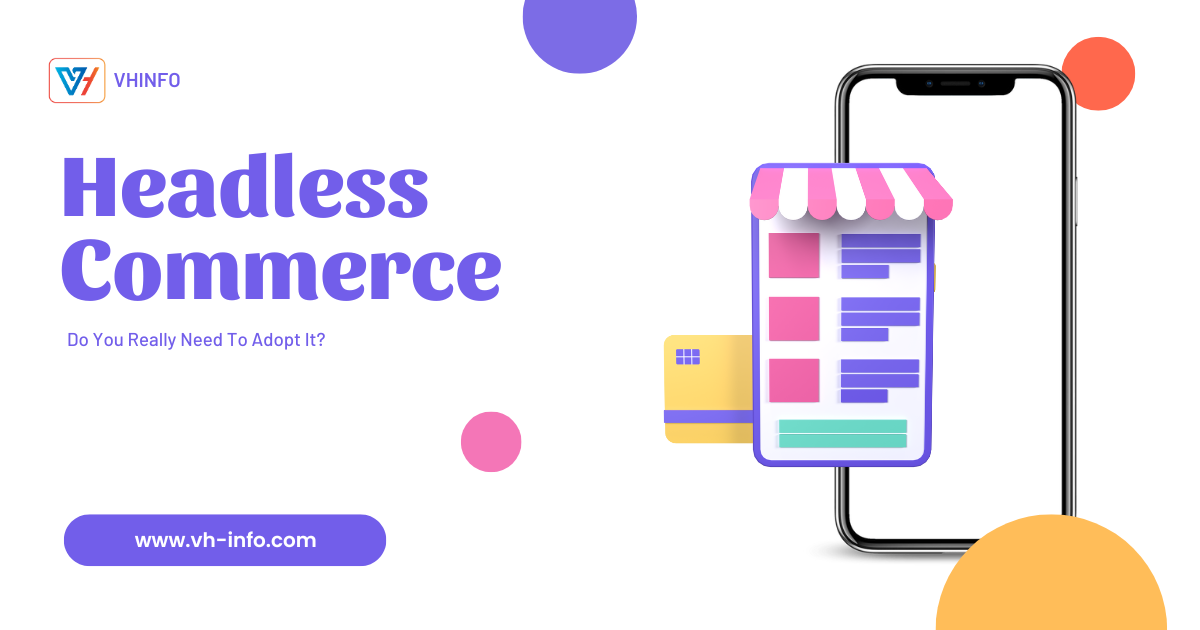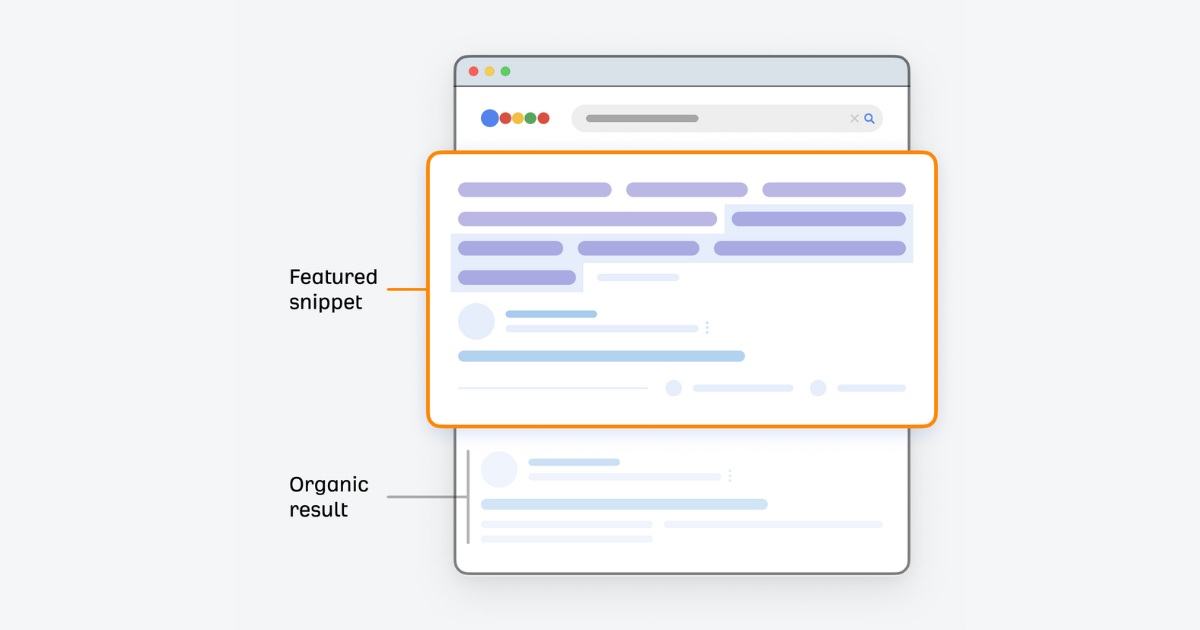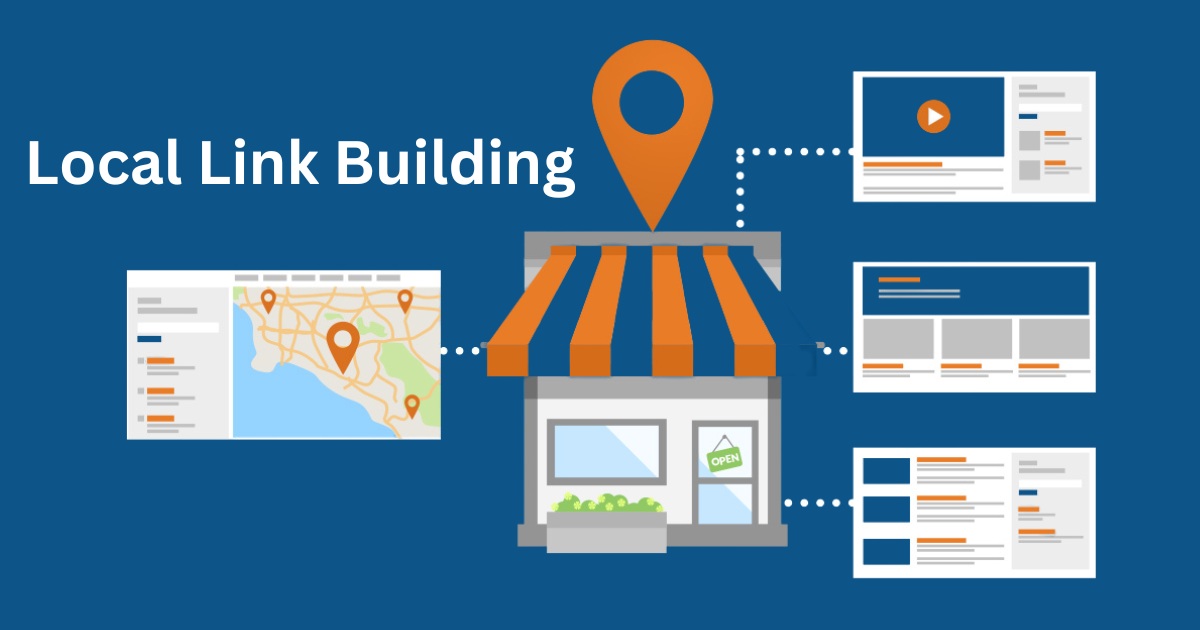
Headless Commerce: Do You Really Need To Adopt It?
Headless commerce is one of the hottest e-commerce trends these days. More and more entrepreneurs consider adopting it and switching

Headless Commerce: Do You Really Need To Adopt It?
Headless commerce is one of the hottest e-commerce trends these days. More and more entrepreneurs consider adopting it and switching

SEO Management: What is it, Benefits, Services, Process & Tools
Search engine optimization (SEO) is an important component of any successful digital marketing strategy, especially for SaaS businesses looking to

Leveraging AI to Enhance Cloud-Based Marketing Campaigns: Integrating Google Photos and iCloud
In modern times, the tempo of modern marketing is determined by the rapid development of artificial intelligence combined with cloud

Primary Keywords: What is it, Importance, Examples & How To Find It?
Primary keywords play a vital role in search engine optimization (SEO) and are essential for driving organic traffic to your

Competitor Keywords: What is it, How to Analyze This & It’s Tools
In the cutthroat world of digital marketing, it’s crucial to stay one step ahead. One great way to get an

How to Optimize For SERP Features to Boost Visibility & Traffic
In today’s competitive digital landscape, simply ranking on the first page of Google is no longer enough. To truly capture

SERP Features: Meaning, Types, Importance, and SEO Impact (2024)
Search Engine Results Pages (SERPs) have come a long way, giving us all kinds of cool stuff beyond just the

What is a Featured Snippet? How to Get One [Expert Guide]
Featured snippets have become an essential part of SEO, offering a prime opportunity to gain visibility and drive traffic to

Local Link Building Guide 2025: Benefits, Strategy, Examples
As a small business owner, you understand the importance of attracting local customers to your business. One effective way to

Black Hat SEO Link Building: Risks, Techniques & Alternatives
In the competitive world of search engine optimization (SEO), some website owners resort to black hat link building tactics to
WHAT WE
3rd floor, VHinfo, QRXG+CG9 Capital Market, Canal Rd, chokdi, Ravapar, Morbi, Gujarat 363641
VH-info © 2025 | All Rights Reserved